Arduino Cyclone Game : 5 Steps (with Pictures) - hollowaylabody1945
Introduction: Arduino Cyclone Game
I give birth never played the realistic cyclone arcade game only I like the idea to play with our response time.
I organized a miniaturized secret plan. It consists in 32 LEDs forming a circle, the LEDs lights upwards severally as a led chaser. The finish is to press a push when the red LED lights upwardly.
VIDEO HERE
Supplies
- 29x green led
- 2x yellow led
- 1x red light-emitting diode
- 1x 12mm led push button
- 4x 74HC595
- 1x Arduino nano
- Ø3mm thermionic tube 46mm long
- 1x I2C OLDE presentation 128*32
- Wires
- 3D printer
- primer + paint
- gumption paper
- soldering iron
- Mini USB cable + USB power source
Step 1: Rules
I added to this game its own score rules as advantageously arsenic speed changes to get in more challenging,
-if you stop on the blood-red led : the score increases by a assess between 4 and 20 depending on the speed. The speed increases by 2%.
-if you stop on a yellow led : the score increases by 2 and the speed increases by 10%
-if you diaphragm connected a green led : game finished

I also added a bonus for really skilled players !
-if you stop on the red led 3 multiplication in a row while the speed is above 80% : the speed returns to 20% ! (stars bespeak the progression of that bonus)

the first LED to lights prepared is chosen randomly by the arduino as well as if it turns clockwise Beaver State counterclockwise.
Step 2: Prototyping
That was the ill-use where I tested every kinds of scoring rules. The arduino nano board does not take in enough output pins to cause 32 LEDs so I used quaternion 74HC595 chips, each single dynamical 8 Leds, those are working really well and it uses only 3 arduino turnout pins !
I made this circuit diagram:
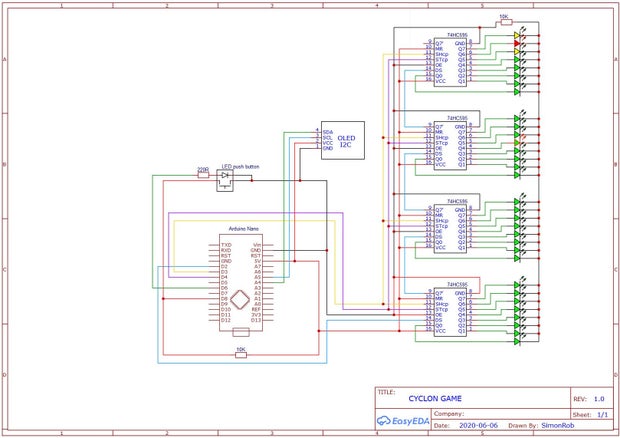
and here is the arduino code (you will demand this library for the oled expose and this program library for the hc595 chips)
Pace 3: The Enclosure
Scheming:
The enclosure has been fashioned in Fusion 360, it is composed of 4 parts.
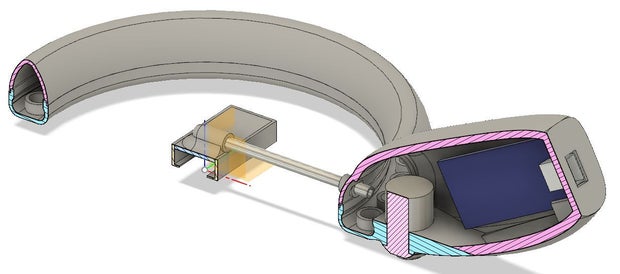
You can find the .STL and .f3d files on Cults3D HERE
3D Printing:
The upper torso will require supports to print. I written all the parts using PLA glass filum with default settings on Cura, and 3D printed on a Creality Ender3
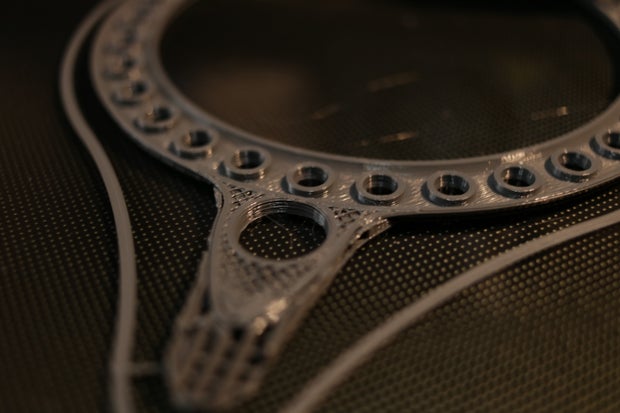
Post-Printing:
For this undertaking I wanted to try a finishing technique for 3D printing process.
here is what the 3D print looks like ...
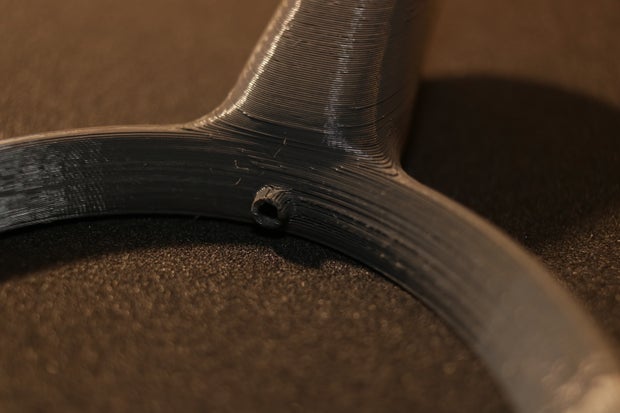
I first sanded the pieces with 120 to 800 grit sandpaper
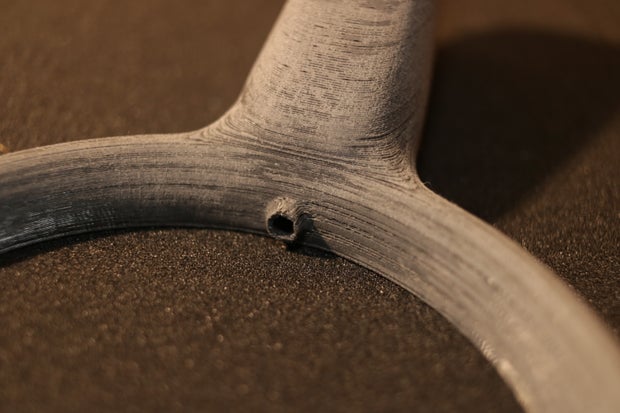
I applied a primer coat
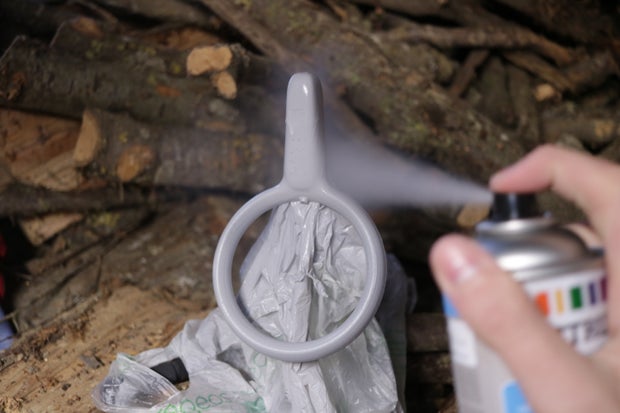
I sanded it again with 800 grit sandpaper

Then I added 3 coats of black spraying paint
here you have the "before and after" comparaison :



Step 4: Assembly
Stone's throw 5: Have Fun!
Now, you fitting have to plug the arduino to a 5V power source (power bank, laptop computer,...)
and then it will start by itself.
Try to make the highest score !
Mine is 1152 good luck!

Be the First to Share
Recommendations
Source: https://www.instructables.com/Arduino-Cyclone-Game-1/
Posted by: hollowaylabody1945.blogspot.com

0 Response to "Arduino Cyclone Game : 5 Steps (with Pictures) - hollowaylabody1945"
Post a Comment